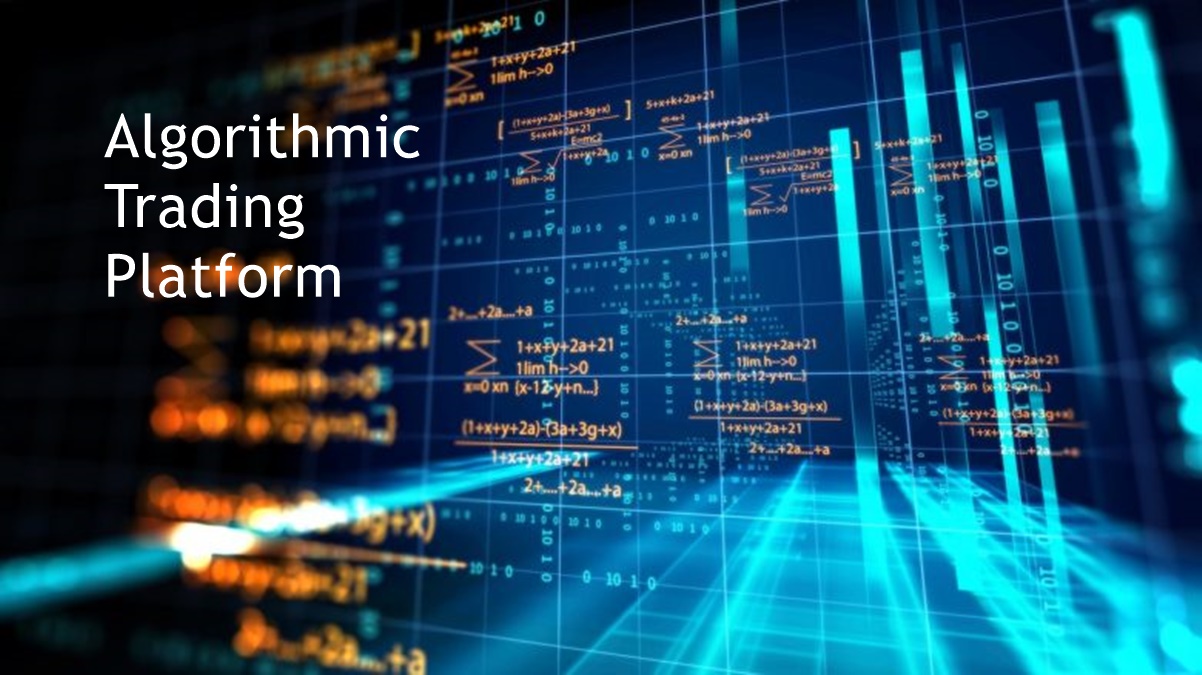CHARACTERISTICS OF ALGORITHMIC TRADING SOFTWARE

The risk involved in automatic trading is high, which can lead to large losses. You have to be familiar with the basic features necessary.
Availability of Market and Company Data
All trading algorithms are created to act on real-time market data and price quotes. A few programs are also customized to take into account the company fundamentals data like earnings-per-share and P/E ratios.
Any algorithmic trading software should have a real-time market data feed, as well as a company data feed. It should be available as a build-in into the system or should have a provision to easily integrate from alternate sources.
Connectivity to Various Markets
Traders who want to work across multiple markets should note that each exchange might provide its data feed in a different format.
Your software should be able to accept feeds of different formats. Another option is to go with third-party data vendors, which usually aggregate market data from different exchanges and provide it in a uniform format to end clients. The algorithmic trading software should be able to process these aggregate feeds as necessary.
Latency
This is arguably the most important factor for algorithmic trading. Latency is the time-delay introduced in the movement of data points from one application to the other.
In today’s dynamic trading world, the original price quote would have changed multiple times. This delay could make or break your algorithmic trading venture.
One needs to keep latency to the lowest possible degree to ensure that you get the most up-to-date and accurate information without a time interval.
Latency has been lowered down to microseconds and every attempt should be made to keep it as low as possible in the trading system.
Configuration and Customizability
Most algorithmic trading software offers standard built-in trade algorithms, like those that are based on a crossover of the 50-day moving average with the 200-day moving average. A trader may want to experiment by switching to the 20-day MA with the 100-day MA.
Unless the software provides such customization of parameters, the trader may be considered by the built-ins fixed functionality. Whether buying or building, the trading software should have a high degree of customization and configurability.
Writing Custom Programs
Most trading software sold by the third party vendors offer the ability to write your own custom programs within it. This allows a trader to experiment and try any trading concept he or she develops. Software that offers coding in the programming language of your choice is obviously preferred.
Backtesting on Historical Data
Backtesting simulation involves testing a trading strategy on historical data. It assesses the strategy’s practicality, profitability, and viability on past data, certifying it for success (or failure) or any necessary changes.
This is a mandatory feature that also needs to be accompanied by an availability of historical data, on which the backtesting can be performed.
Integration with Trading Interface
Algorithmic trading software places trades automatically based on the occurrence of predetermined trading conditions. The software should have the necessary connectivity to the broker network for placing the trade or even a direct connectivity to the exchange to send the trade orders.
